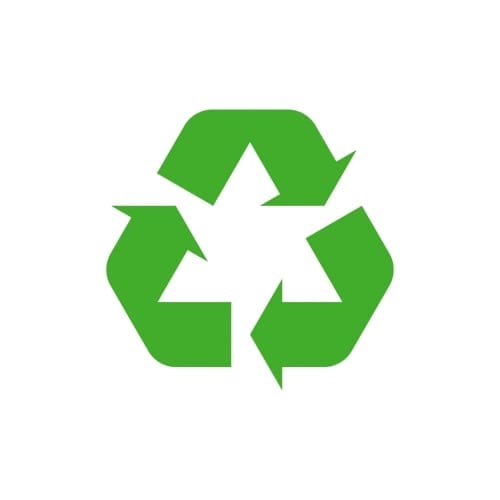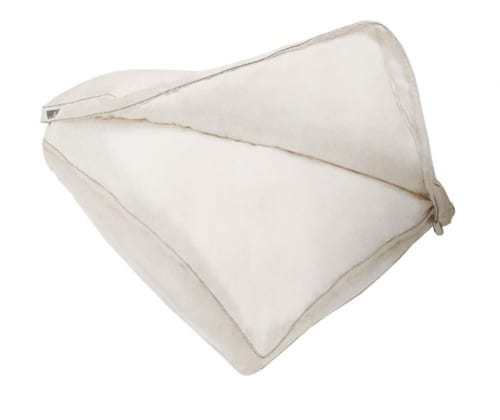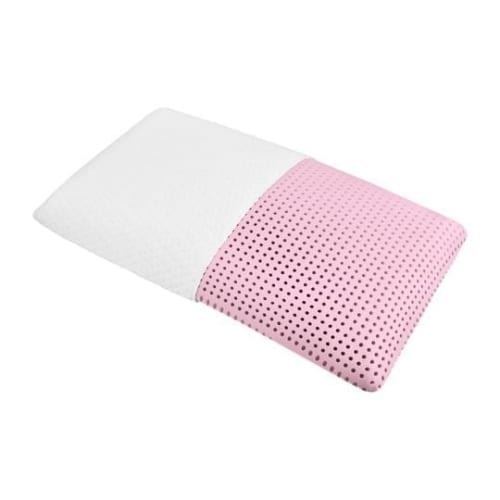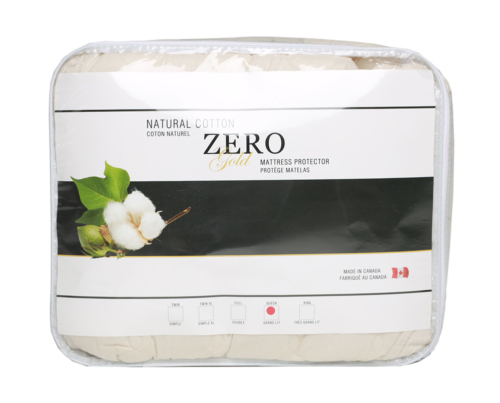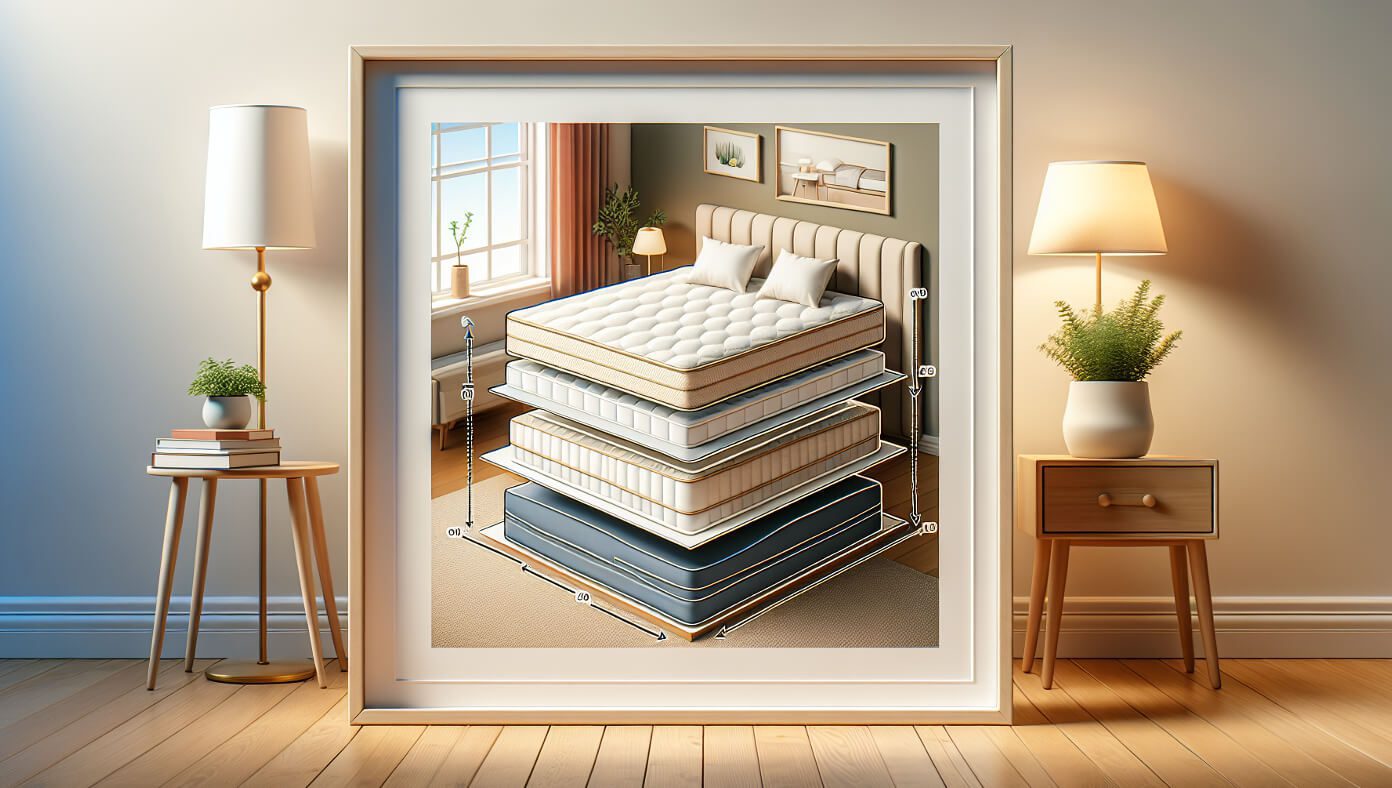
Navigating the realm of bedding essentials, questions like “Do you need a mattress protector?” and “What is a mattress protector?” often arise. With comfort and mattress warranty at stake, understanding the significance of each layer—be it a mattress pad, mattress protector, or mattress cover—is essential for a comfortable sleep. This discussion delves into whether a mattress pad should be positioned over or under a mattress protector, illuminating the purpose and necessity of each component in ensuring better sleep and preserving the longevity of your mattress.
The correct layering of bedding components isn’t just about maintaining a mattress in top condition; it’s about enhancing the quality of sleep. By exploring the effectiveness of mattress protectors in safeguarding against spills and wear, and evaluating the comfort added by mattress pads, this article aims to guide readers through the logistics of proper bedding arrangement. It answers pertinent questions including “Why use a mattress protector?” “Is a mattress protector necessary?” and “Should I use a mattress protector?” thereby highlighting their pivotal role in achieving a serene and hygienic sleep environment.
Understanding the Purpose of a Mattress Pad and Protector
Understanding the distinct roles and materials of mattress pads and protectors is crucial for optimizing bedding for comfort, hygiene, and durability.
Mattress Pads:
- Materials: Cotton, wool, down, polyester or rayon, memory foam, latex.
- Purpose: Primarily designed to add an extra layer of cushioning and comfort. They can offer some protection against dust mites, bed bugs, and germs but are less effective than protectors.
- Placement: Sits on top of the mattress, beneath any topper, protector, or sheets, adding plushness and a bit of protection.
Mattress Protectors:
- Materials: Blends of cotton, polyester, polyurethane, with options like polyurethane for waterproofing, and vinyl for bed bug resistance.
- Purpose: Protects the mattress from spills, stains, and allergens such as dust mites and pet danger. They are crucial for people with allergies or asthma, offering a cleaner sleep environment and maintaining the mattress warranty.
- Placement: Should be placed directly on the mattress to safeguard it from spills, stains, and allergens, often resembling a fitted sheet but more durable and waterproof.
By recognizing these differences, consumers can make informed decisions on which layering options best suit their needs, ensuring a comfortable, hygienic, and long-lasting sleep setup.
The Correct Order of Bedding Layers
To ensure the optimal arrangement of bedding for comfort and protection, follow this recommended layering order:
- Mattress Protector: Begin with the mattress itself as the base. Place the mattress protector directly over the mattress. This layer acts as a shield against spills, stains, and allergens, preserving the mattress’s integrity and warranty.
- Mattress Pad: After the protector, add the mattress pad. This layer is designed to provide extra cushioning and comfort, potentially enhancing sleep quality by regulating temperature. For those using foam mattress pads, these should also be placed over the protector, directly on top of the mattress.
- Mattress Topper (if used): If incorporating a mattress topper, it should be positioned under the sheet but above the mattress pad. Some toppers are equipped with elastic loops to secure them around the mattress corners, ensuring they stay in place. This arrangement allows the mattress pad to protect both the topper and the mattress, offering an additional layer of comfort.
Note: It is advised not to place a heated mattress pad under a mattress protector due to potential issues with heat distribution and material compatibility.
Benefits of Proper Bedding Layering
The benefits of proper bedding layering extend beyond mere aesthetics, offering functional advantages that enhance sleep quality and mattress longevity.
- Comfort Enhancement:
- Mattress pads add a significant layer of comfort to the bed, making it plusher and enjoyable to sleep on.
- By providing additional cushioning, mattress pads can transform the feel of the bed, catering to those who prefer a softer sleeping surface.
- Mattress Longevity:
- The use of mattress pads can also contribute to extending the life of the mattress. By acting as an additional layer of protection, they reduce wear on the mattress itself, potentially saving money in the long run.
- Versatility and Protection:
- Mattress toppers offer a versatile solution to several bedding issues. They can make a too-firm mattress feel softer, remedy the discomfort of a worn mattress, provide added skeletal support, and keep the bed clean and cool.
- This versatility ensures that regardless of the specific need, there is a bedding layer capable of addressing it, thereby enhancing the overall sleep experience.
By carefully selecting and arranging these bedding layers, individuals can create a sleep environment tailored to their comfort preferences while also protecting their investment in a quality mattress.
Conclusion
Through the detailed analysis provided, it’s evident that the correct arrangement of mattress pads and protectors is not just a matter of preference but a strategic decision affecting both sleep quality and mattress longevity. By placing a mattress protector directly on the mattress to shield it from allergens, spills, and wear, and then adding a mattress pad on top for extra comfort and cushioning, individuals can ensure their bedding setup is both protective and plush. This layered approach not only enhances the sleeping experience but also contributes significantly to extending the life of the mattress.
The broader implications of these findings underscore the importance of understanding and implementing proper bedding layering. Beyond the immediate comfort and protective benefits, this knowledge empowers consumers to make informed choices that affect their health, sleep quality, and financial investment in a mattress. It is, therefore, a valuable insight for anyone looking to optimize their sleep environment, emphasizing the need for further awareness and adherence to these practices for the best possible sleep outcomes.
FAQs
Understanding the Proper Layering of Bedding Accessories
When using both a mattress pad and a protector, you should first place the mattress protector directly on the mattress, followed by the mattress pad. After these layers, you can continue with your usual bedding setup, such as fitted sheets.
To ensure the mattress is adequately protected, similar to how it would be if you were sleeping directly on it, the mattress protector should be layered over the mattress pad.
It is advisable to first lay the mattress topper on the mattress, followed by a mattress protector to shield both the mattress and the topper from damage and stains.
For mattress pads or toppers featuring an “egg crate” design, the bumpy side, characterized by its peaks and valleys, should face upwards. This orientation enhances air flow, reduces heat accumulation, and contributes to a cooler sleeping environment.


